Now that snow is starting to melt, you may begin to notice the damage old man winter left behind on your evergreens. Minnesota is notorious for being tough on landscape plants. Your evergreen plants may have brown to rust colored damaged areas where the needles appear to have been burned. This problem is called winter burn.
The browning of the needles is from dehydrated plant tissues and occurs during the winter months when temperatures are extremely cold. This is a result of a natural process called transpiration. When plants gather solar energy during photosynthesis, they release water as part of the process. This is called transpiration and results in the evaporation of moisture through the leaves and needles. When a plant is not able to replace the lost water due to drought or heavily frozen ground, they will dehydrate. Some or all of the foliage may be affected, with areas on the south or south west facing side being most severely damaged. This is because the sun’s rays intensify the photosynthetic activity and cause more water loss.
Winter burn in evergreens can cause death to the plant in severe cases, but most likely results in foliar loss. In some cases, the new terminal growth will die and buds may fall off plants. Stressed plants, or those that were planted too late in the season are especially susceptible to winter burn. Evergreen winter damage is also most severe where plants are exposed to drying winds.
Preventing winter burn will take a little planning on your part but it is worth it to protect the health and appearance of your plants. The best method for preventing winter burn is to choose plants that are not as prone to this winter damage. One example is a Colorado blue spruce. Situate new plants out of windy zones and water them well as they establish. It is important to water as late into the fall as possible, even if your irrigation is turned off for the season. Some plants may benefit from a burlap wrap to insulate them from drying winds and help prevent excess transpiration. There are anti-transparent sprays available, like Wilt Proof.
Unfortunately, there is very little you can do to treat burned plants. The majority of plants will not be severely injured, but they may need a little help getting healthy again. Fertilize your evergreens with the proper application of food and water it in well. Wait until new growth has begun and then remove those stems that were severely affected. Provide a light application of mulch around the root base of the plant to help conserve moisture and to prohibit weed growth.
Remember to be patient. If you have any questions, feel free to stop in with a photograph and ask one of our experts. You can also email info@pahls.com and we will do our best to help you.
THINK SPRING!



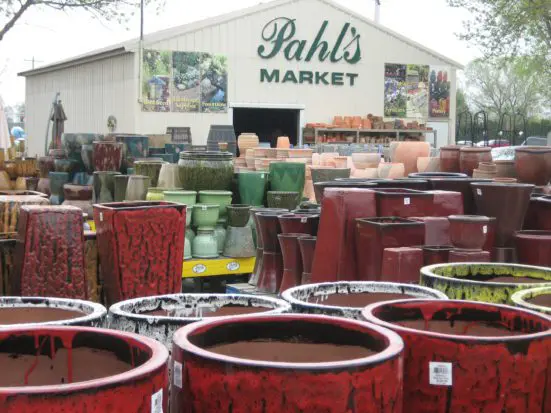



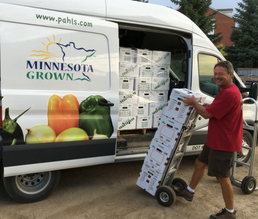
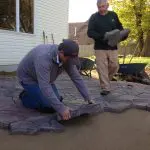

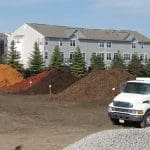

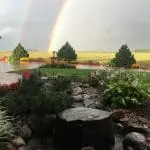




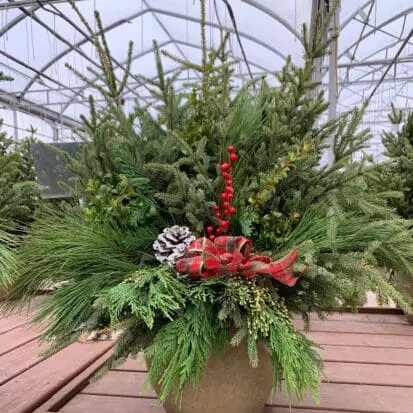

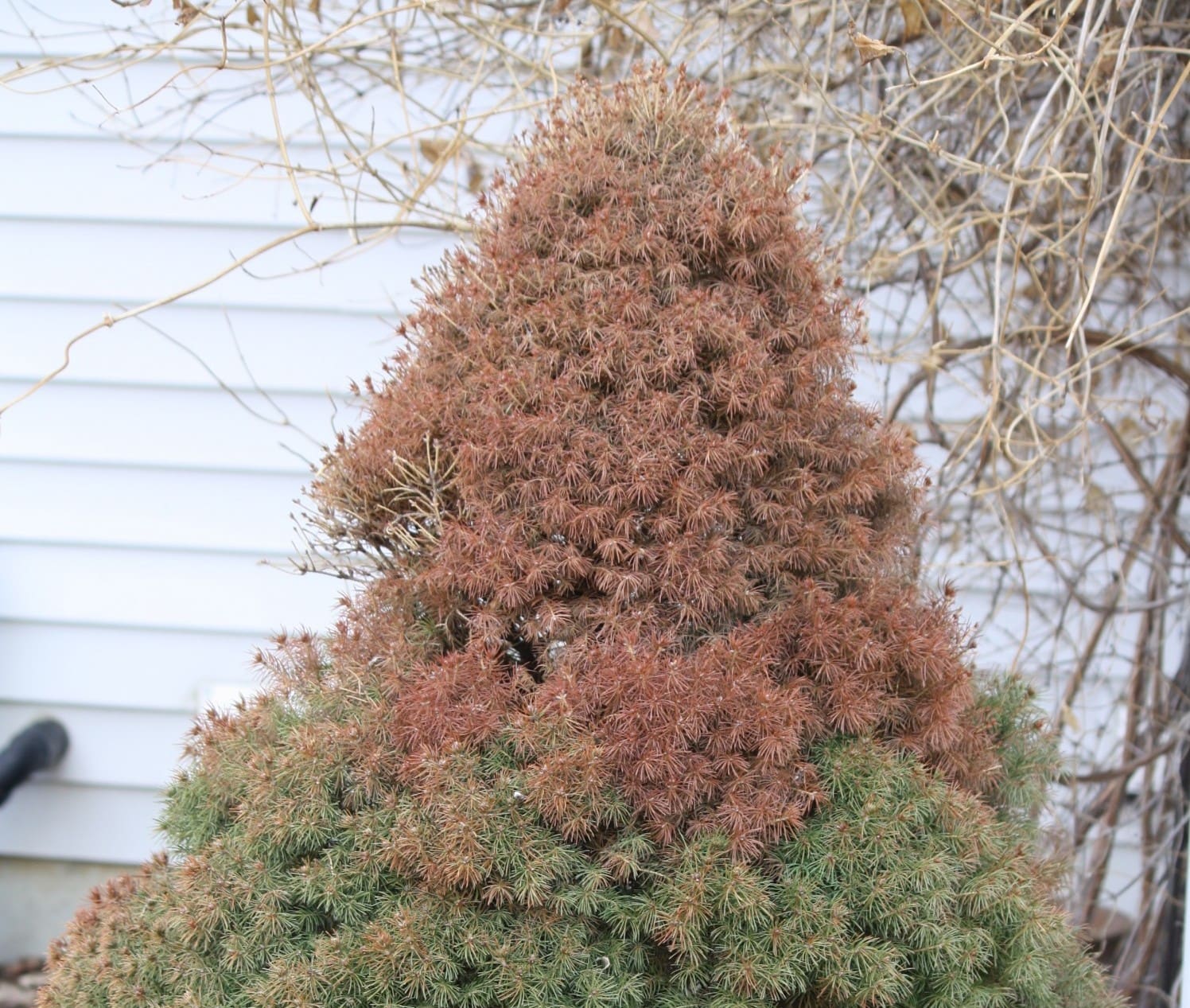
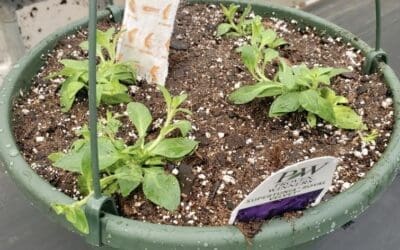


0 Comments